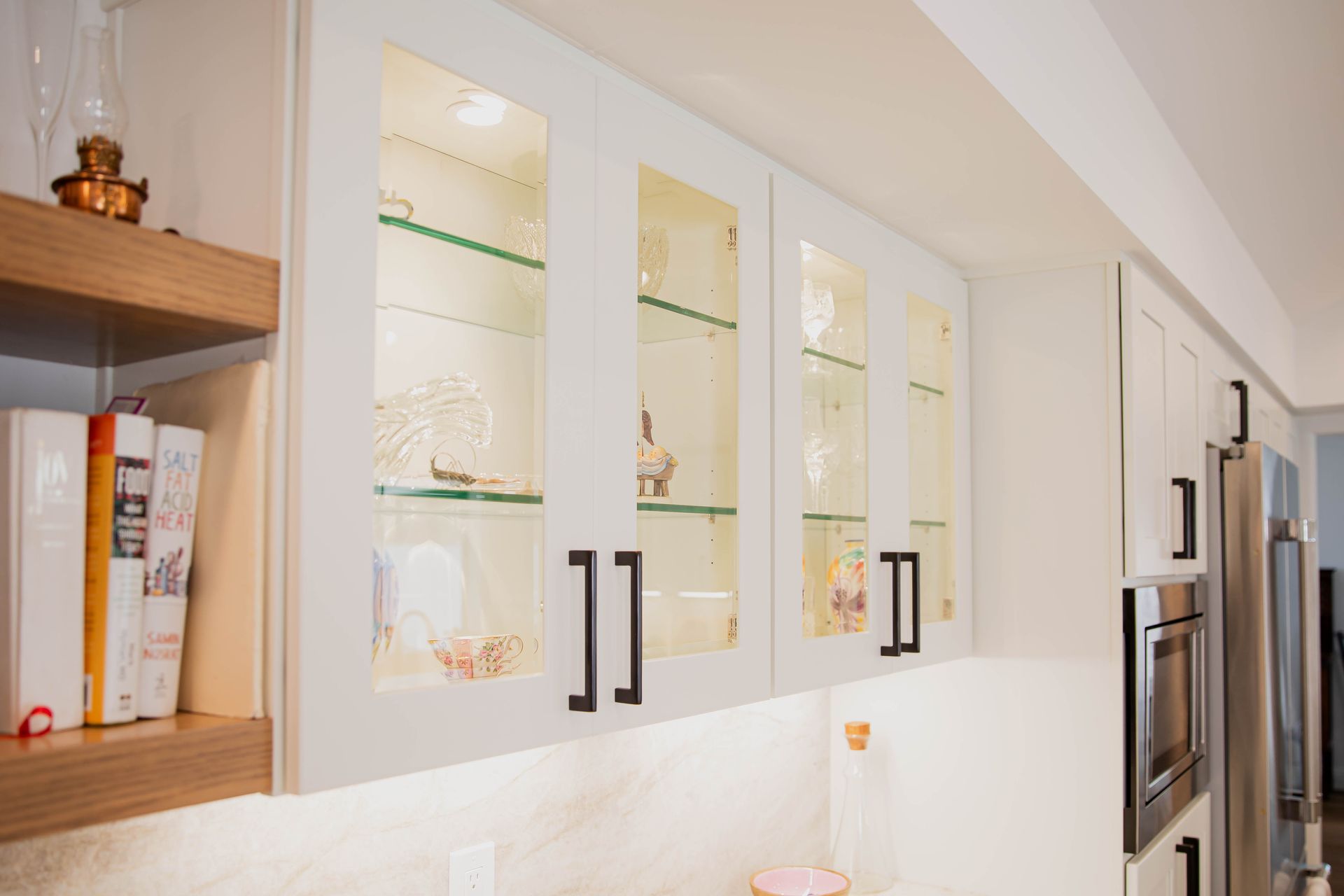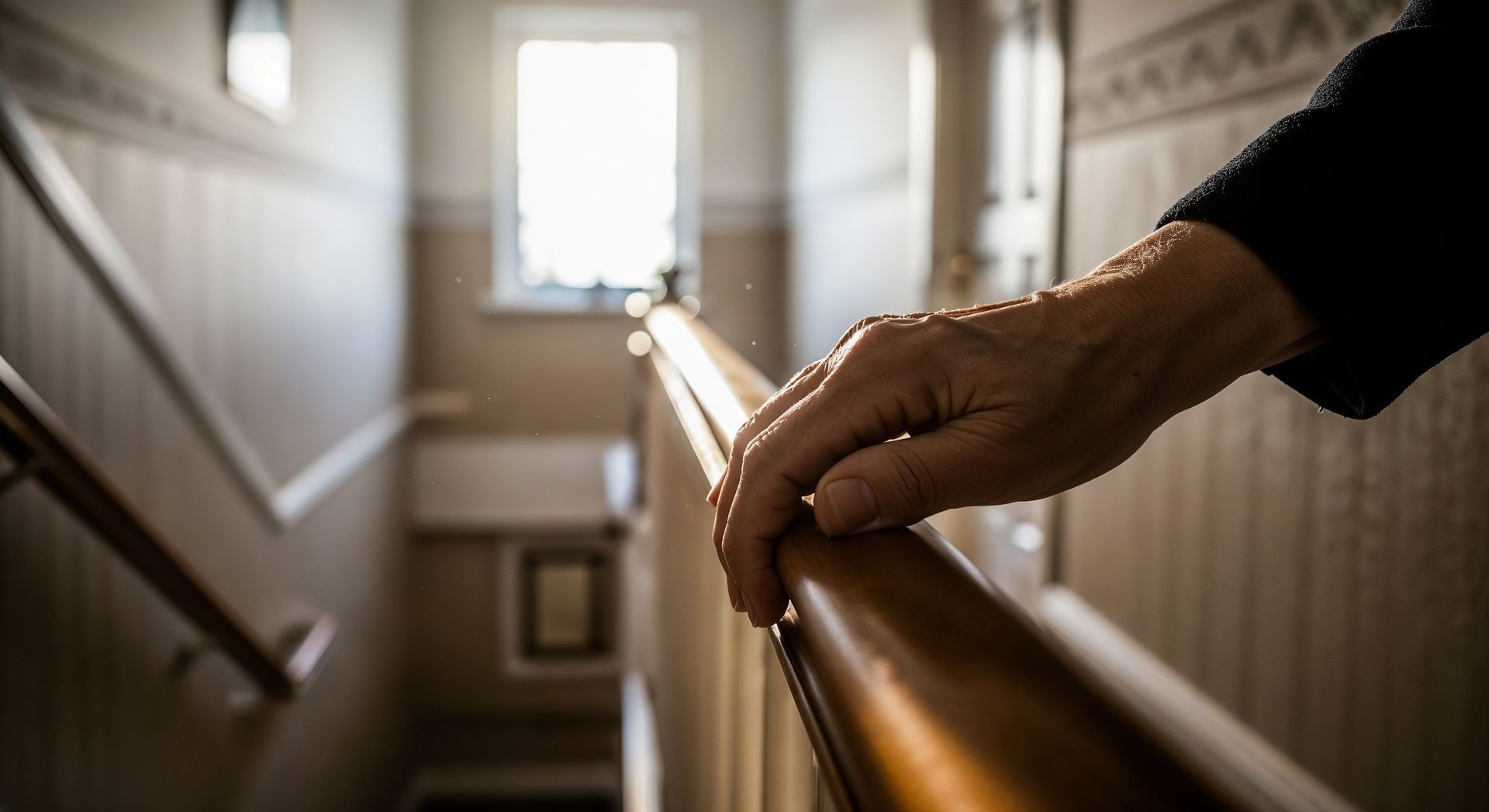The Power of Modern Window Solutions
Replacing the windows in your home can be a significant investment, but it offers both aesthetic and practical returns. Whether you're considering selling your home or simply looking for ways to improve its efficiency and appearance, understanding the benefits of window replacement is vital. Here's how this home renovation project can make a substantial difference.
Increased Energy Efficiency
One of the most compelling reasons to replace old windows is the improvement in energy efficiency. Modern windows are designed to keep heat in during winter and out during summer, significantly reducing your heating and cooling costs. Look for windows with low-E coatings, quality weatherstripping, and inert gas fills between panes for the best insulation.
Enhanced Home Comfort
Old, drafty windows can lead to uncomfortable cold spots in rooms. New windows provide better insulation and a more consistent indoor temperature, enhancing the overall comfort of your living space. This is particularly important in areas with extreme weather conditions.
Improved Aesthetics and Curb Appeal
New windows can drastically change the look of your home, both inside and out. With various styles and finishes available, you can select windows that match your home's architectural style and personal preferences. This visual upgrade can increase curb appeal and raise your home's market value.
Reduced Noise Pollution
Modern windows are not just about energy efficiency; they also reduce noise. If you live near a busy street or in a noisy neighborhood, installing double or triple-pane windows can create a quieter, more serene home environment.
Low Maintenance Needs
Newer windows are designed for low maintenance. Features like tilt-in sashes make cleaning more manageable, and materials like vinyl or fiberglass resist weathering and don't require painting or staining.
UV Protection
Exposure to ultraviolet (UV) rays can fade furniture, carpets, and artwork. Many modern windows come with UV protection, significantly reducing the amount of UV light that enters your home and protecting your interior furnishings.
Increased Safety and Security
New windows often come with improved security features like better locks and more robust frames, offering peace of mind. Additionally, windows that open and close smoothly are safer to operate in an emergency.
In Conclusion
Window replacement is a significant renovation project that comes with a host of benefits. While the upfront cost may seem high, the long-term savings in energy bills and the aesthetic and practical advantages make it a worthwhile investment. When planning for window replacement, consider consulting with professionals to understand the best options for your home's needs and style. Remember, quality installation is critical to fully realizing all the benefits of your new windows.




